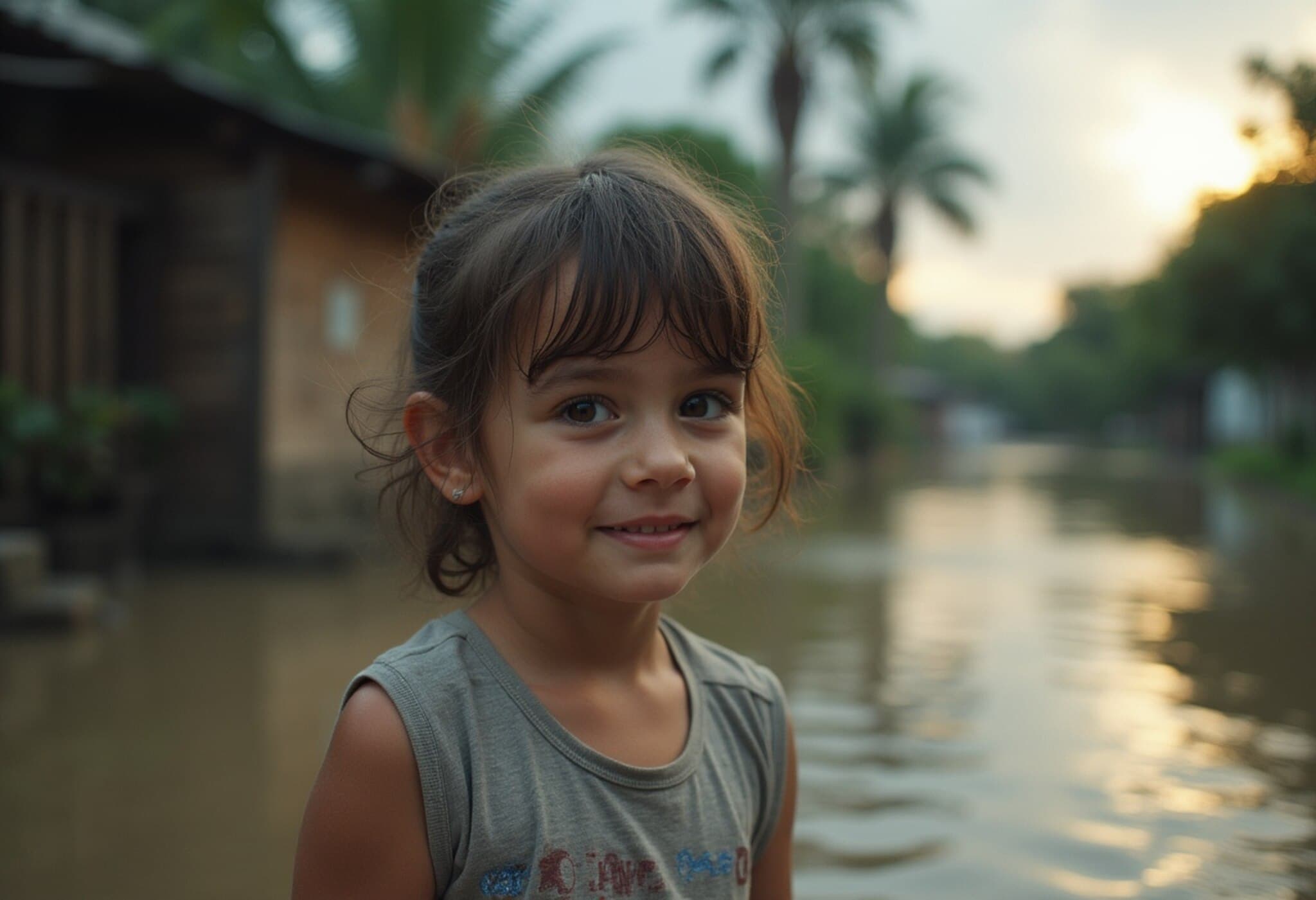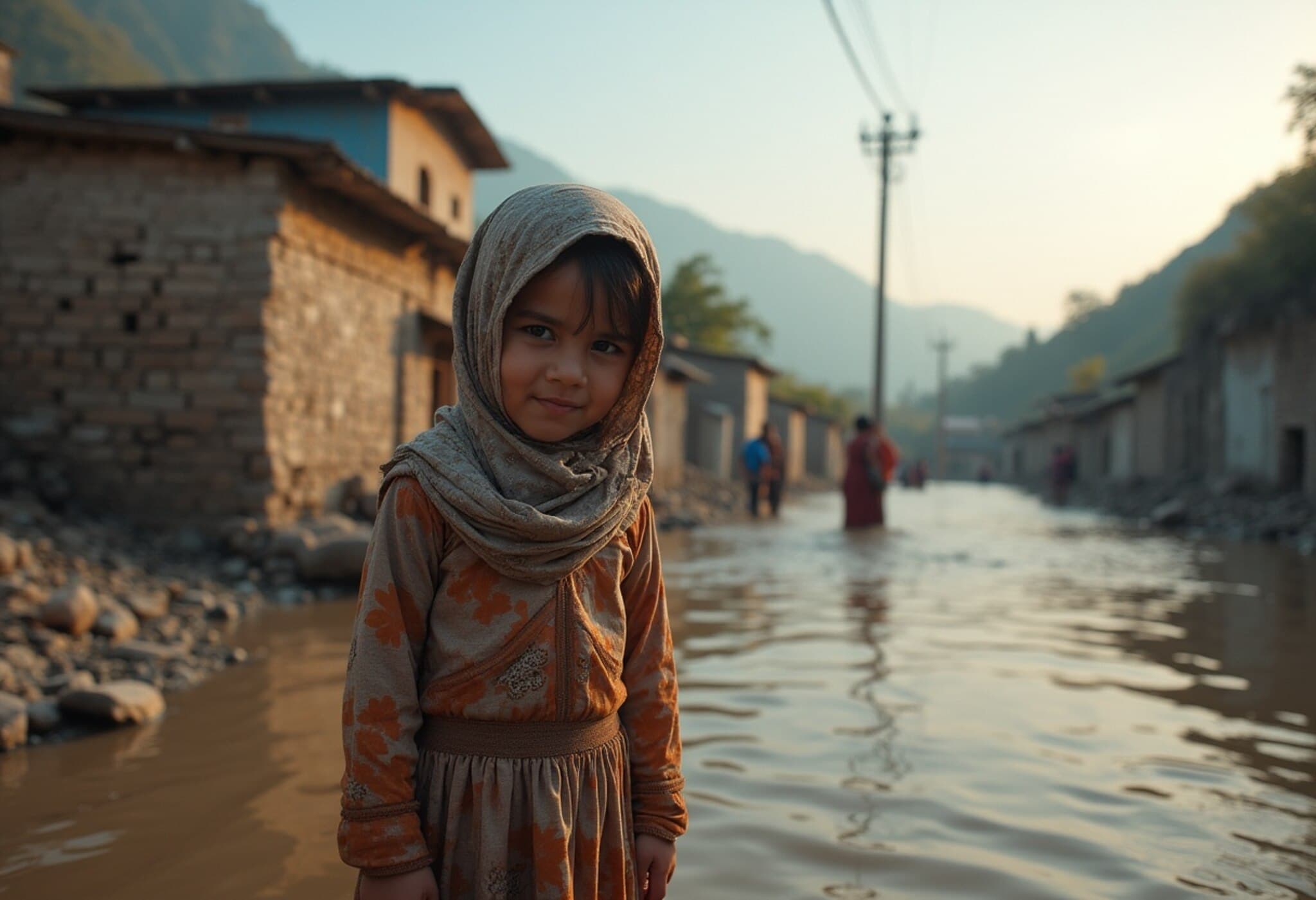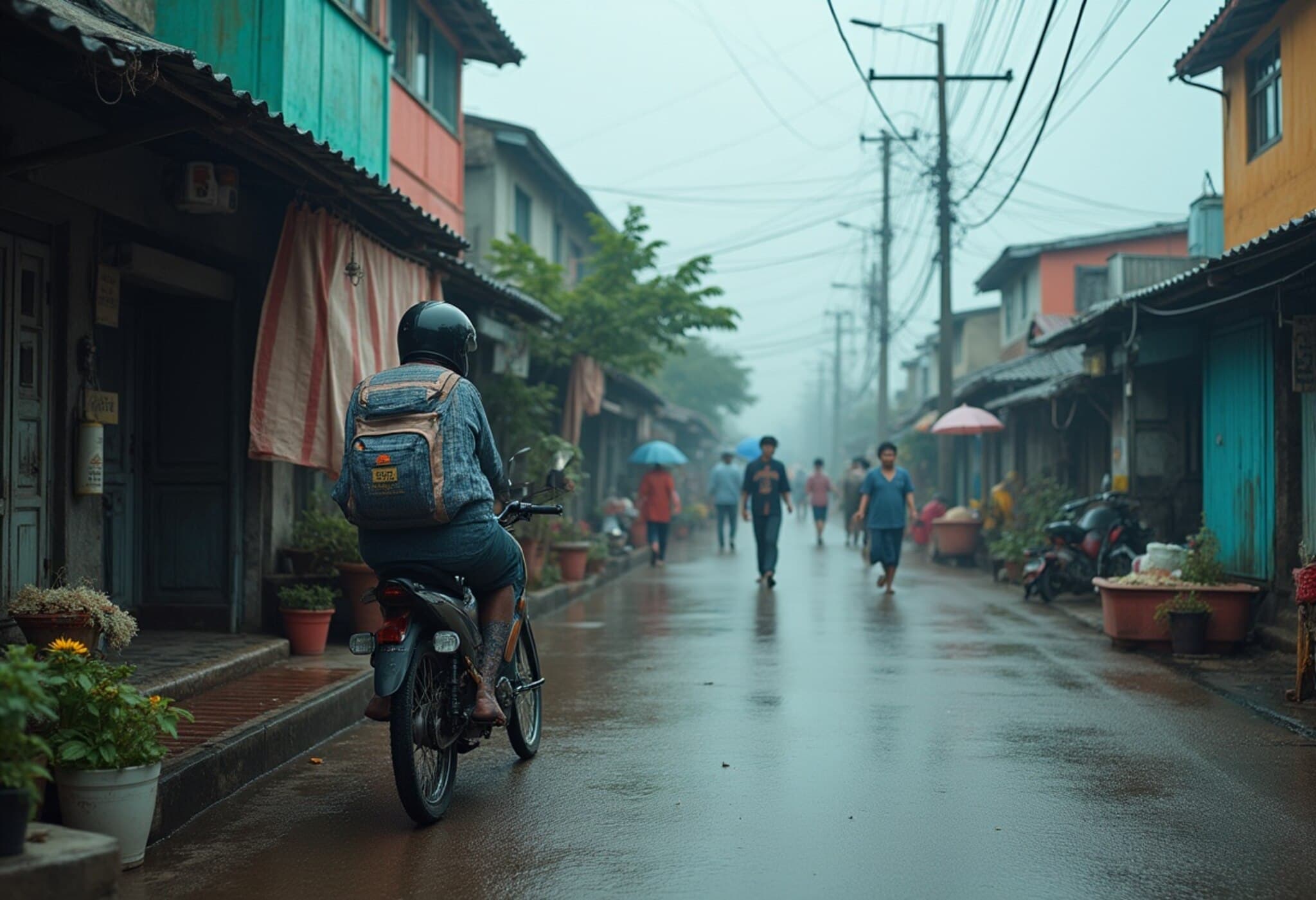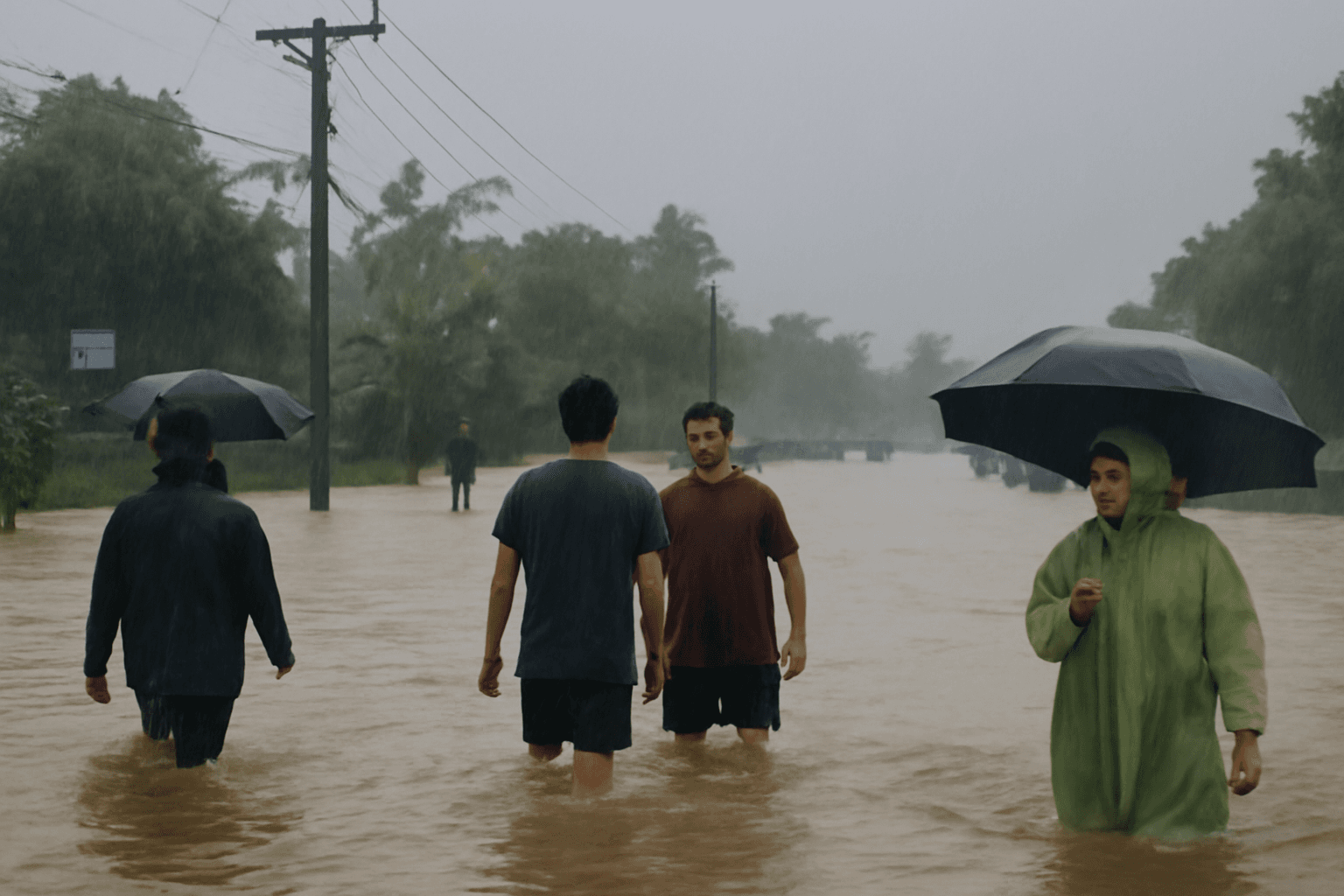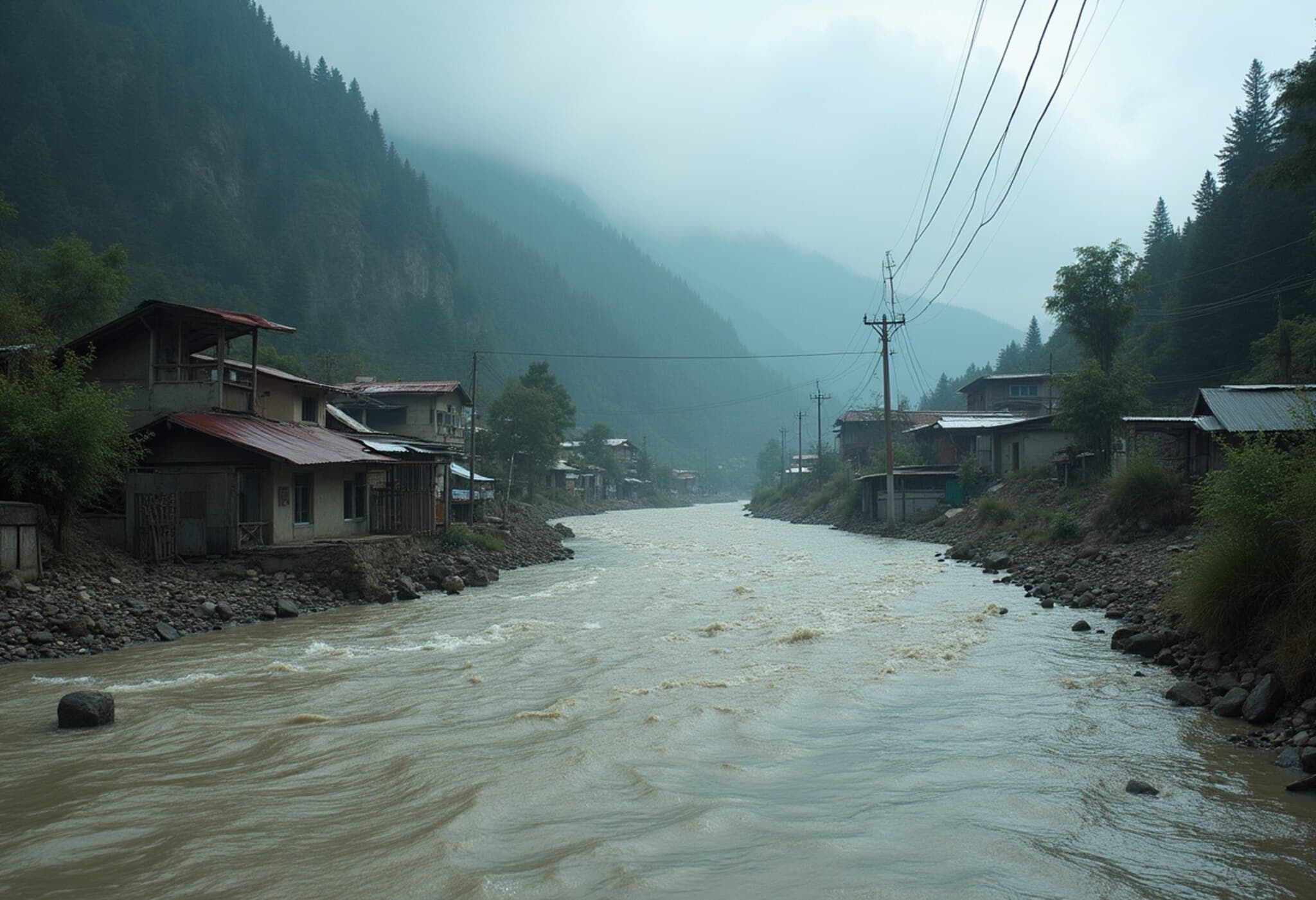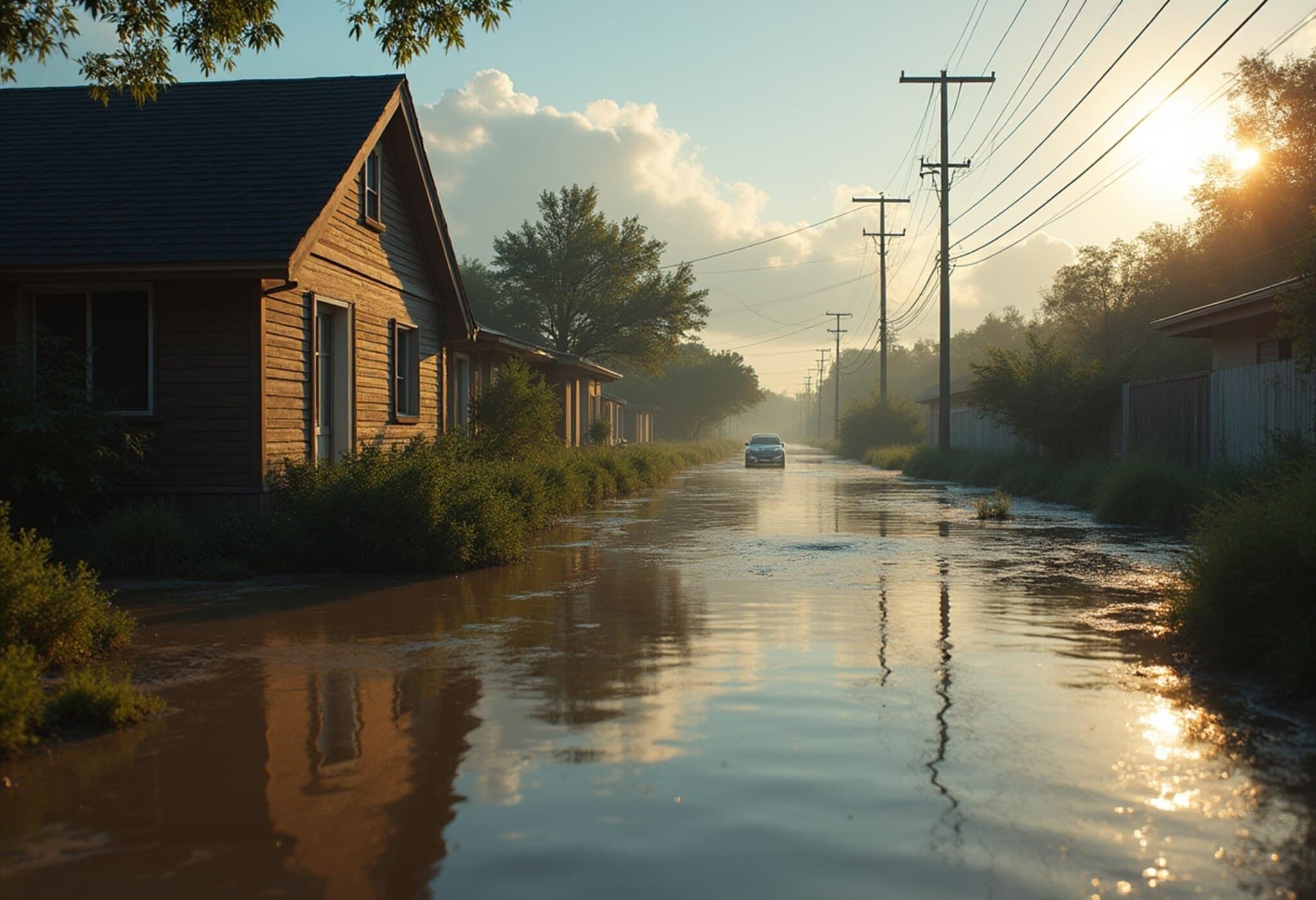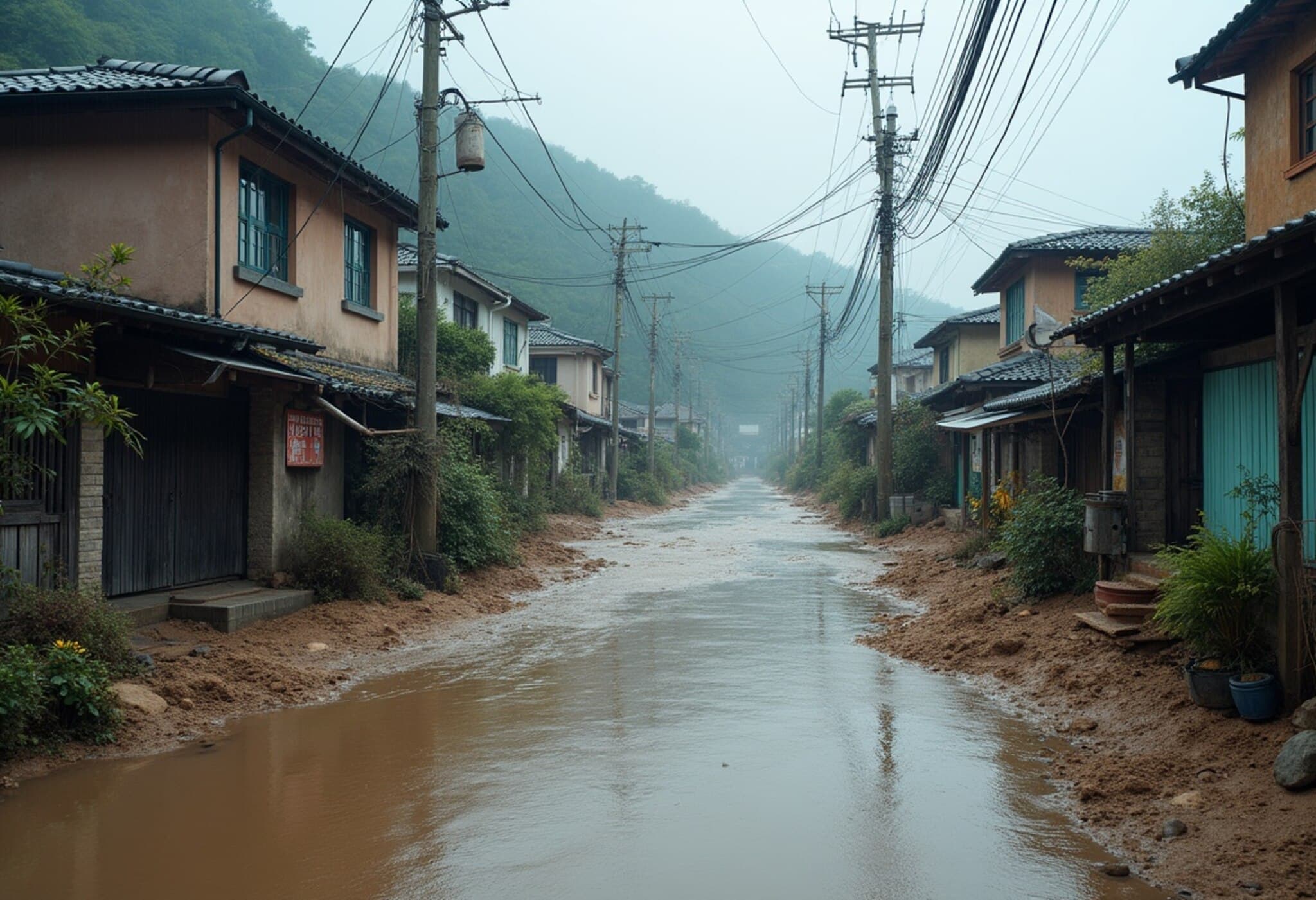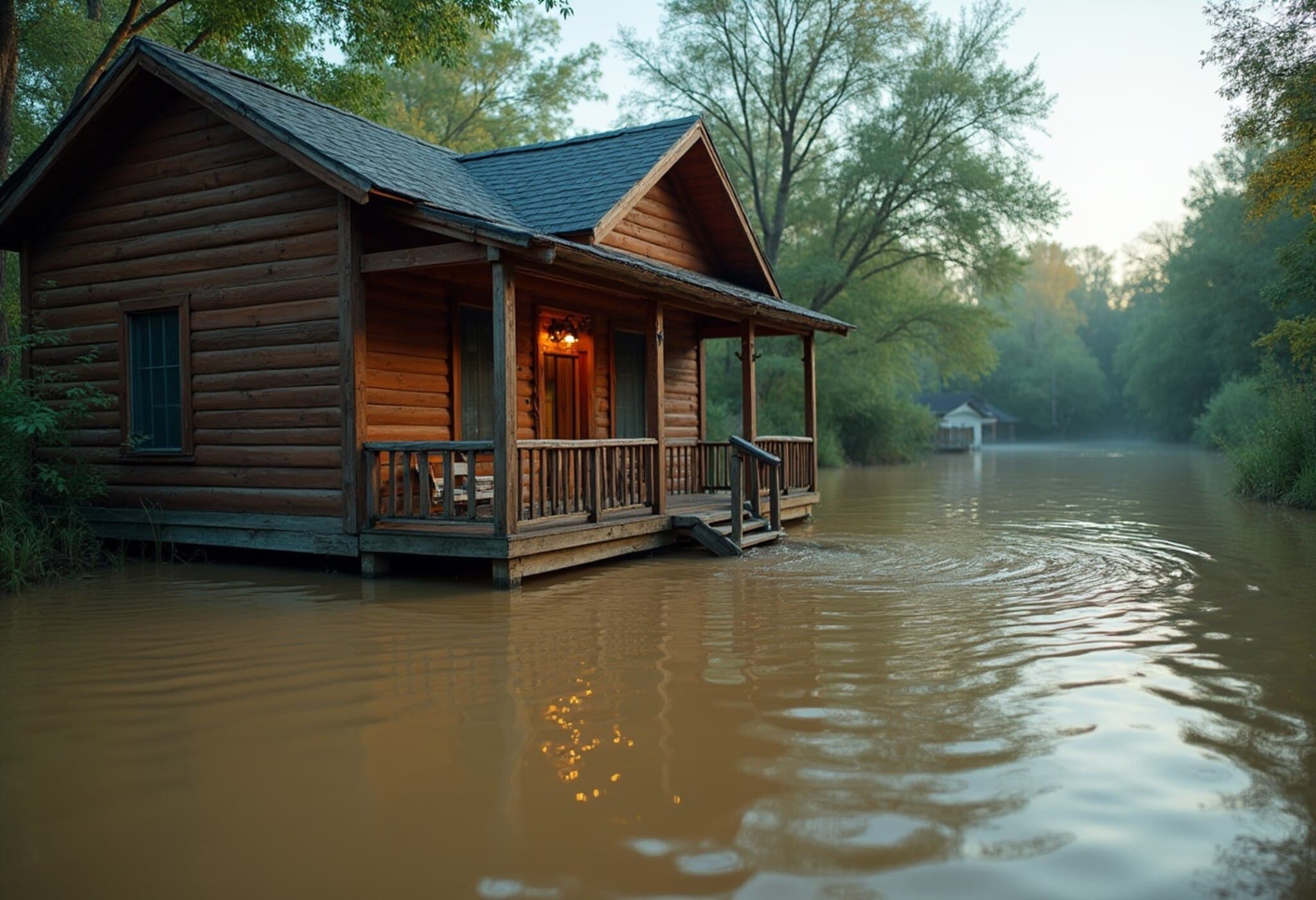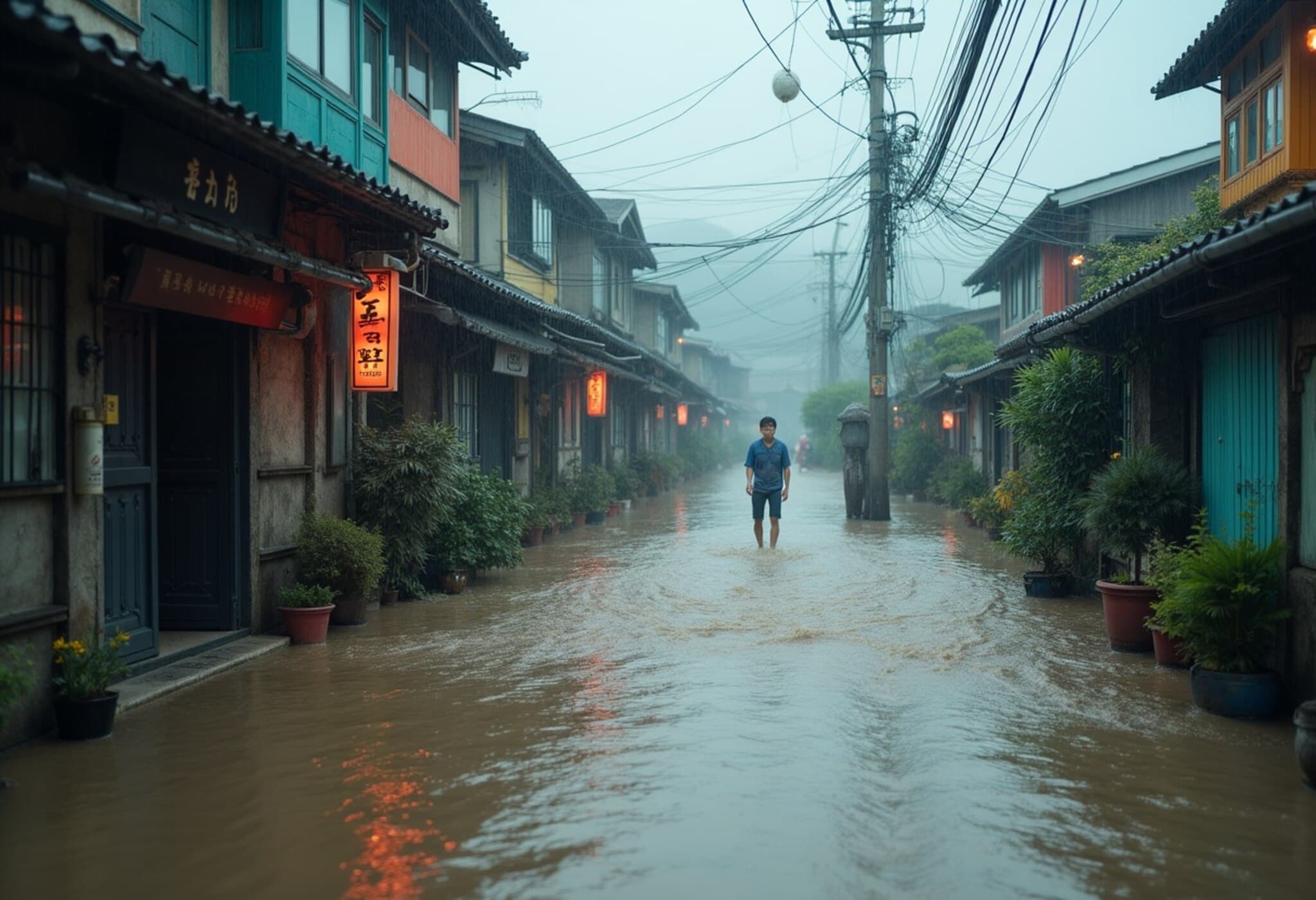Unprecedented Toll: The Heartbreaking Loss of Children in Texas Floods
In early July 2025, Central Texas experienced one of the deadliest flash flood events in half a century. Yet, what profoundly differentiates this catastrophe from others is the devastatingly high number of children lost amid the raging waters. As rescue efforts continue, at least 28 children have died, constituting about one-third of the total fatalities. This stark statistic has stunned the nation, especially given the advances in weather forecasting and emergency communication designed precisely to prevent such tragic outcomes.
The Scene of Innocence Lost: Stories Behind the Numbers
The flooding swept through the Texas Hill Country—a region famous for its summer camps where children from across the country come to canoe, hike, and embrace the freedom of youth away from home. Among the victims were twin sisters Hanna and Rebecca Lawrence, victims of the flood whose family connections touched national conversations on early childhood education. The iconic Camp Mystic, once a symbol of carefree summer joy, became a focal point of sorrow as several campers were reported missing or found dead.
Images of parents desperately placing stuffed animals along swollen riverbanks, communities grappling with grief, and the air thick with a palpable sense of loss quickly circulated, bringing raw stories of tragedy to a global audience almost instantly—unlike past disasters historically shielded by slower communication.
Children Disproportionately Vulnerable to Climate Disasters
This tragedy is shining an uncomfortable spotlight on children as one of the most vulnerable populations in the face of climate-driven extreme weather. According to Save The Children, an estimated 710 million young people worldwide, primarily in developing regions, face increasing threats from such disasters, exacerbated by their physical size, psychological development, and dependence on adults.
In the United States, systematic research on child mortality in disasters remains limited. Sociologist Lori Peek of the University of Colorado Boulder acknowledges this event’s horrific scope: "Child death in natural disasters is thankfully rare in the U.S., which makes this tragedy all the more alarming and a clear call for enhanced preparedness."
Long-Term Psychological Impact on Young Survivors
Beyond the immediate loss, experts highlight that surviving children often endure lasting trauma. Comparisons with Hurricane Katrina’s aftermath reveal common long-term effects including anxiety, depression, and withdrawal. Dr. Alice Fothergill of the University of Vermont emphasizes, "Disasters leave a lifetime imprint on children, fundamentally altering their sense of security and well-being."
A Historical Lens: Child Mortality in Past Disasters
While tallying child deaths in historic disasters is complicated by past record-keeping limits and evolving definitions of childhood, comparisons offer context. For instance, the Galveston hurricane of 1900 claimed 90 children in a collapsed orphanage, and the Children’s Blizzard of 1888 in the Midwest tragically killed hundreds of young people lost in sudden severe weather.
In Johnstown, Pennsylvania, dam failures in 1889 and 1977 similarly led to extensive child fatalities. Yet, recent U.S. natural disasters typically report fewer child victims despite overall high death tolls—like Hurricane Katrina and Joplin, Missouri’s tornado.
Why Did So Many Children Perish in Texas 2025 Floods?
- Flood Timing and Location: Summer camps concentrate children in areas prone to flash flooding, reducing their ability to quickly respond.
- Flash Flood Nature: Sudden and unpredictable, flash floods leave minimal time for evacuation compared to slower-onset disasters.
- Limitations of Warning Systems: Experts question if current technologies and protocols can effectively alert populations in "flash flood alley."
- Trust in Caregivers: Parents entrust camps with safety, but the flood revealed vulnerabilities, compounding the tragedy.
Expert Insight
NYU disaster studies professor Jacob Remes draws a parallel to the collective shock felt when schools—considered sanctuaries of safety—become sites of unexpected death: "These deaths should never happen; floods moving with biblical speed challenge even modern preparedness."
Modern Challenges in Disaster Management and Child Protection
Despite advancements in satellite and communication technology, the unpredictability and ferocity of flash floods raise critical questions about emergency response systems’ adequacy, especially in regions with a historical pattern of such events. Authorities are launching thorough investigations to assess warning efficacy and explore improvements.
Broader Implications
The Texas floods underscore a broader climate crisis reality: our youngest, most vulnerable citizens face amplified risks, revealing gaps in our disaster readiness and social safety nets. The unfolding tragedy demands not only immediate relief and support but also long-term policy commitment to safeguarding children amid escalating climate volatility.
Editor’s Note
This devastating flood event in Texas spotlights an urgent societal challenge: how can we better protect children, who are disproportionately harmed by natural disasters, in an era increasingly defined by climate extremes? Beyond mourning those lost, policymakers, educators, and emergency planners must leverage these painful lessons to enhance warning systems, strengthen community preparedness, and provide sustained psychological support to young survivors. The human cost here is a clarion call to action—one that must resonate far beyond the floodwaters.

